A Confusing Time for Housing
With the rise of high-density housing in the United States – thanks in-part to efforts like the Residential Infill Project – many property owners are turning their attention towards accessory dwelling units and other secondary homes.
Granny flats, backyard cottages, tiny homes, accessory dwelling units: Although there are some structural and legal differences between them, they are all additional housing units on a piece of property. Generally, they are permanently installed and become part of the tract of land. They’re mostly self-contained and designed for independent living. So why the difference in the nomenclature?
The concept of one or more independent living units attached to the main dwelling is very old. Historically, they’ve been termed carriage houses, alley apartments, basement apartments, laneway houses, dawdy houses, and more.
The recent trend toward downsizing and living small has popularized the phrases tiny homes and cottage homes, and they’re independent, self-contained units. Whether you’re an existing homeowner or first time homebuyer, it is important to note the differences between a tiny home, a backyard cottage, and an accessory dwelling unit.
Tiny Homes
Typically, a tiny home is less than 400 square feet and it may be built on a towable trailer axle or it may have a permanent foundation and is therefore not considered mobile.
Those that can be moved are considered recreational vehicles for legal purposes. They may be subject to vehicle taxes rather than property taxes, and some zoning permits don’t allow permanent living in recreational vehicles, which means that legally, you can’t use it as a granny flat.
If, however, the wheels are removed and the tiny house is installed on a permanent foundation, then it can be used as a permanent residence in most locations.
When on a permanent foundation, tiny homes can be considered accessory dwelling units, but in most areas, they’re too small to be considered the main dwelling on a parcel of land due to minimum-size zoning restrictions. If you want to construct a tiny house on your property, you’ll need building permits and inspections the same as you would for a larger structure.
Structure size and zoning requirements vary by jurisdiction, so be sure to check with your city’s building department before commencing construction. We recommend speaking with an expert, as it can save both time and money.
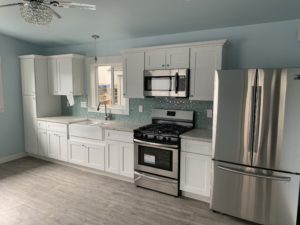 Accessory Dwelling Unit
Accessory Dwelling Unit
Accessory dwelling units are any additional structures designed for permanent housing and separate from the main structure. This can include a basement apartment, an apartment over the garage, a tiny house or a backyard cottage: all are considered accessory dwelling units, or ADU’s.
They’re not restricted to family members, many people use an ADU as a source of supplemental income or by empty nesters to make use of space that’s no longer used. ADU’s are an excellent green method for using resources: Many modern homes are too large for one or two people, but an ADU can provide housing for elderly parents or housing for children who want independence but can’t afford the high housing costs in many areas.
You can, for instance, rent out the larger home and live in the smaller home. This provides on-site property management for you and may provide income tax benefits as well.
The construction of an accessory dwelling unit will require building permits and inspections from the city or county and must be constructed according to applicable building codes. ADU’s become a permanent part of the property and cannot be sold individually. Many banks are lending money for ADU’s, so if you’re considering one, contact your local bank to check on rates and options.
Cottage Homes
Contrary to an accessory dwelling unit, a cottage home typically refers to a home that is small in size but is the primary structure on a property. Depending on your jurisdiction, it might also describe a backyard cottage – also known as a mother-in-law or granny flat. Cottages are usually limited to a maximum of 800 square feet and must be completely self-contained, which includes a bedroom, bathroom, kitchen, and living area.
While a backyard cottage can’t be sold separately (they become a permanent part of the property), a home built to cottage code is considered to be the primary dwelling. Construction of a backyard cottage must be in accordance with local zoning laws and building codes.
Permits and inspections are required, and the additional construction will likely increase both your property’s value and its real estate taxes.
Both Accessory Dwelling Units and Backyard cottages are an affordable type of housing that maintains the feel of a house, unlike tiny living which may eventually feel cramped, and are ideal for housing elderly parents or relatives, as well as a property owner who wants to downsize and rent out the main house. Particularly for seniors who are on a fixed income, moving into a modular home might alleviate financial constraints and enable them to remain independent.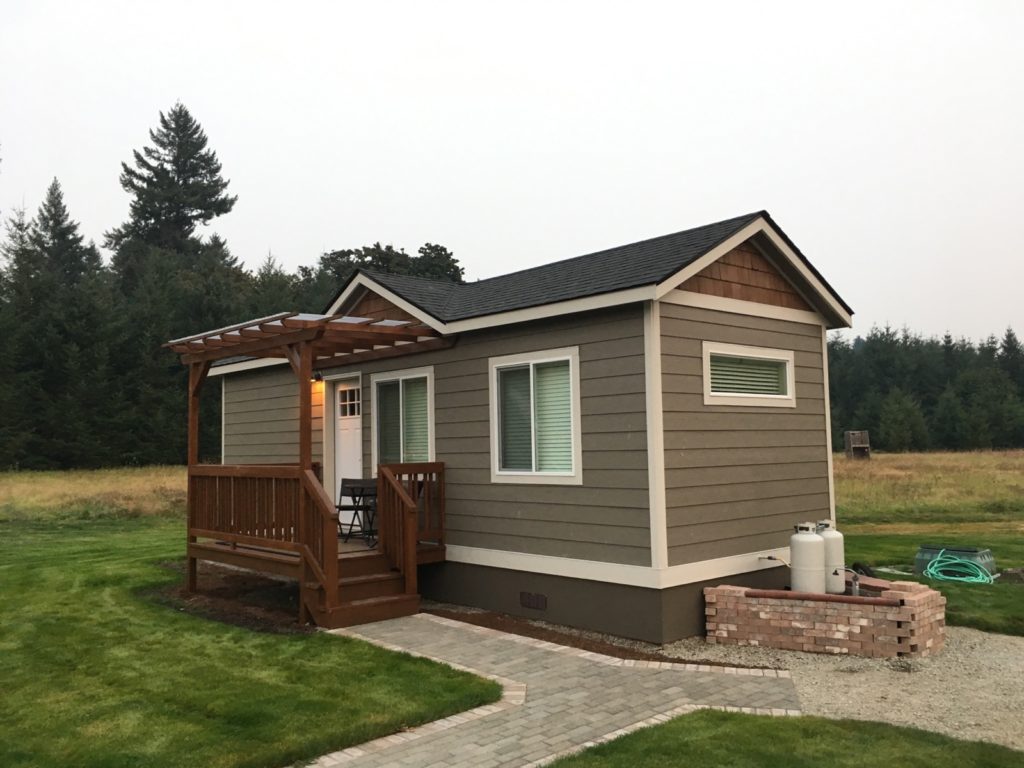
This type of additional housing may provide some income tax benefits to the homeowner and many banks will lend on this type of structure.
Costs vary by the location and the type of cottage built, but generally, the additional structure will significantly increase the property value when built according to code and in keeping with the style of the area.
Which Type Of Housing Is Right For You?
As with any type of dwelling, the one that’s best for you will depend on your unique circumstances.
One of the drawbacks to tiny living is the need to downsize and functionalize every inch of space — you may not want to dispose of a lifetime of memories, so tiny living may not be right for you.
Although you may like the idea of cottage living, you’re not thrilled with the prospect of overseeing new construction in your backyard.
New construction is noisy and messy, and there’s the financing to contend with as well as the selection of a reputable contractor.
You might like the idea of renting out an accessory dwelling unit or basement apartment, but don’t want to share your space with a stranger or be apprehensive about finding a good tenant.
All of these issues and more will factor into your choice of ADU, and only you can make that decision. Briefly, some of the pros and cons are:
Tiny Living
- Least costly
- Least amount of new construction time
- Easy to rent to students or young couple
- May require significant downsizing of personal possessions if you live there
- May start to feel cramped
- No more yard sale outings, possessions must be kept to a minimum
ADU
- Basement or garage may already be available, so no new construction issues
- No costly permits or inspections
- Income flow may start more quickly
- No additional mortgage payment
- May lose some privacy
- May require renovation to become habitable
- May feel vulnerable if you need to evict tenant
Cottage Living
- May take longer to generate income if you rent the cottage
- New construction issues of noise, mess, financing, and finding a reliable contractor
- Additional mortgage payment
- Reluctance to have someone else living in “your house” if you rent the main dwelling
- You’ll have to move to the cottage if you’re living there
Everyone is unique in their outlook and their needs, so only you can decide which type of accessory dwelling unit will best fit your needs. However, this type of living is very green and very cost-effective. It also provides a relatively quick source of income that can enable you to stay on the property that you now know as home.
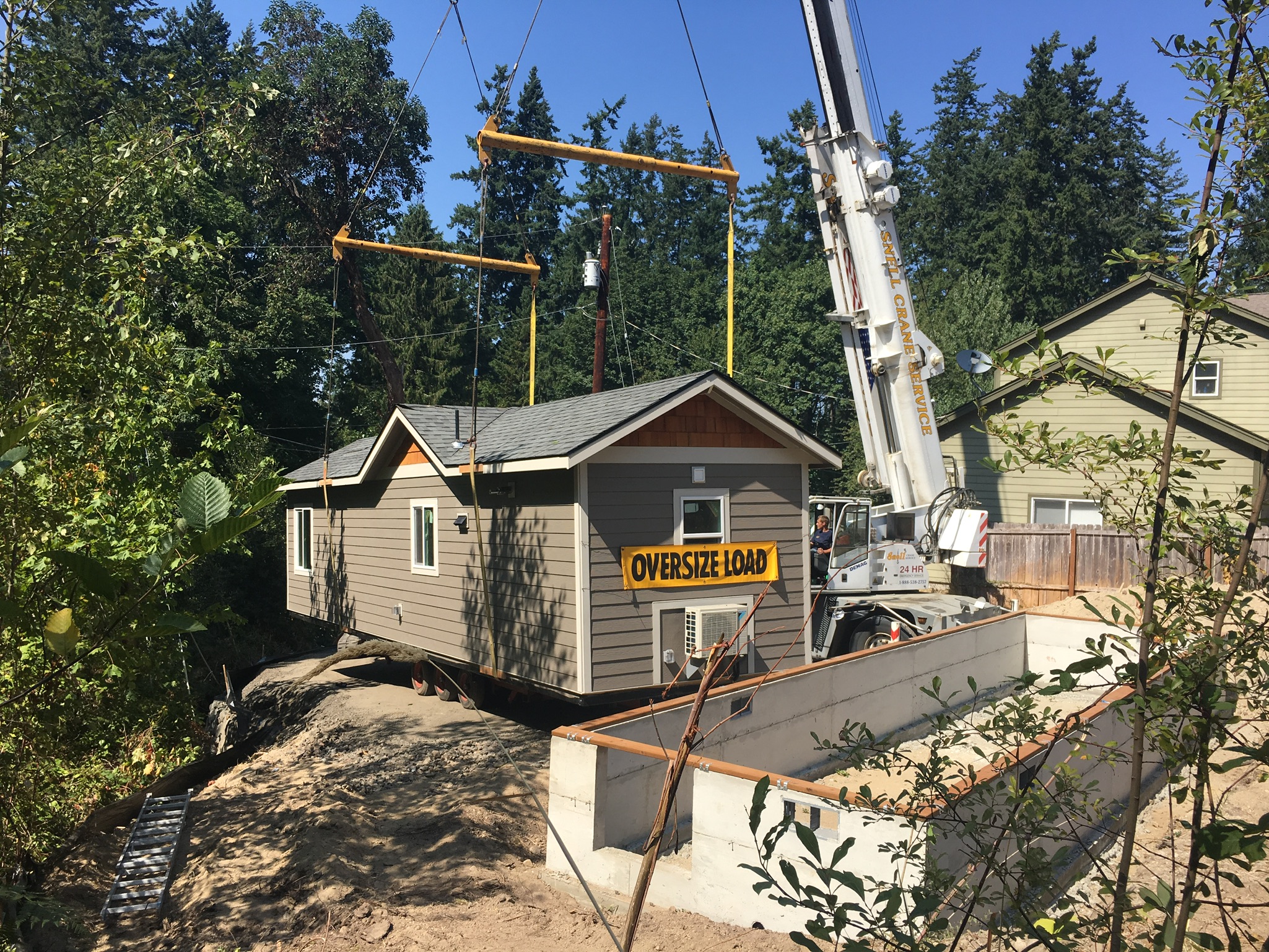
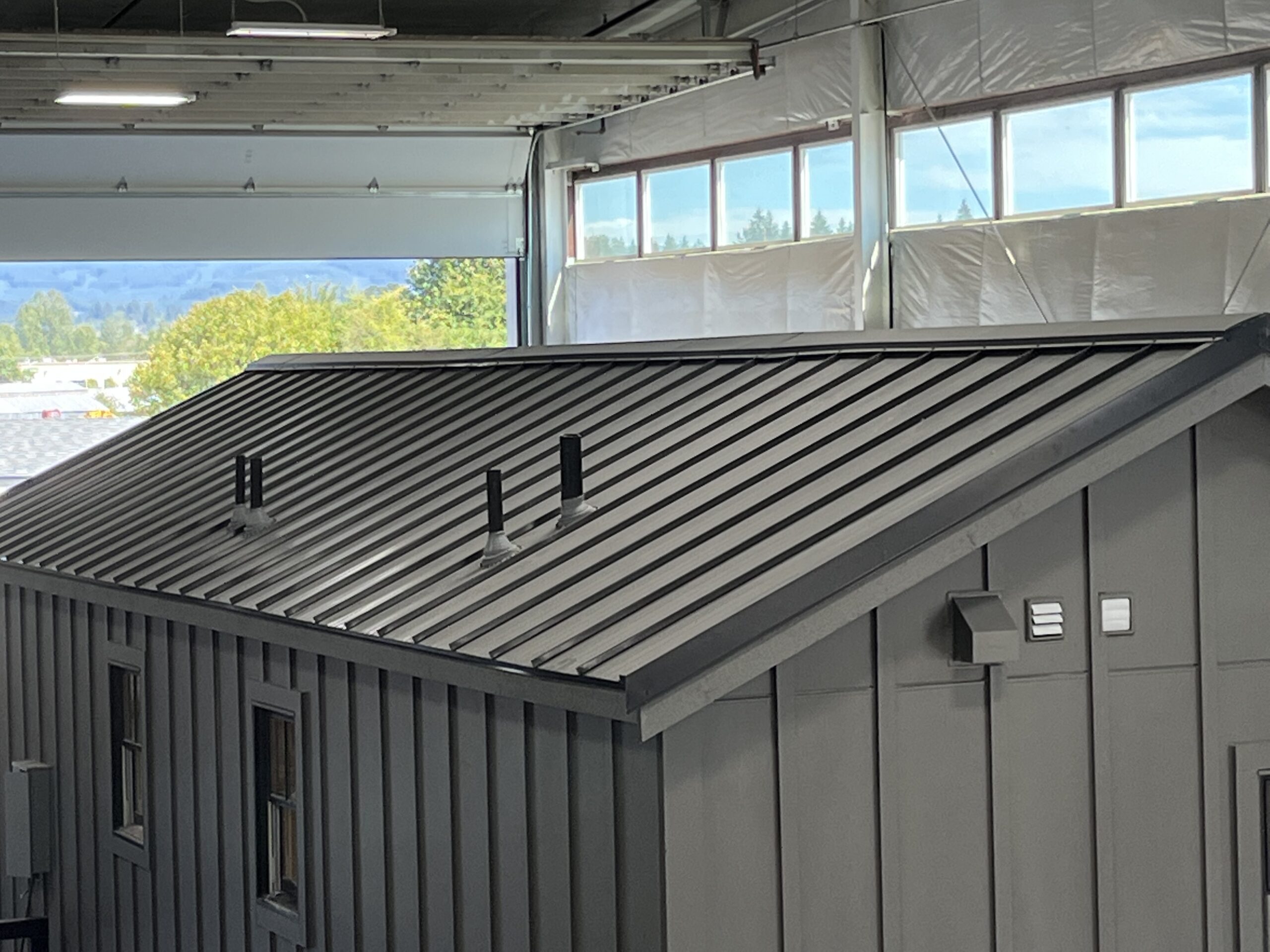
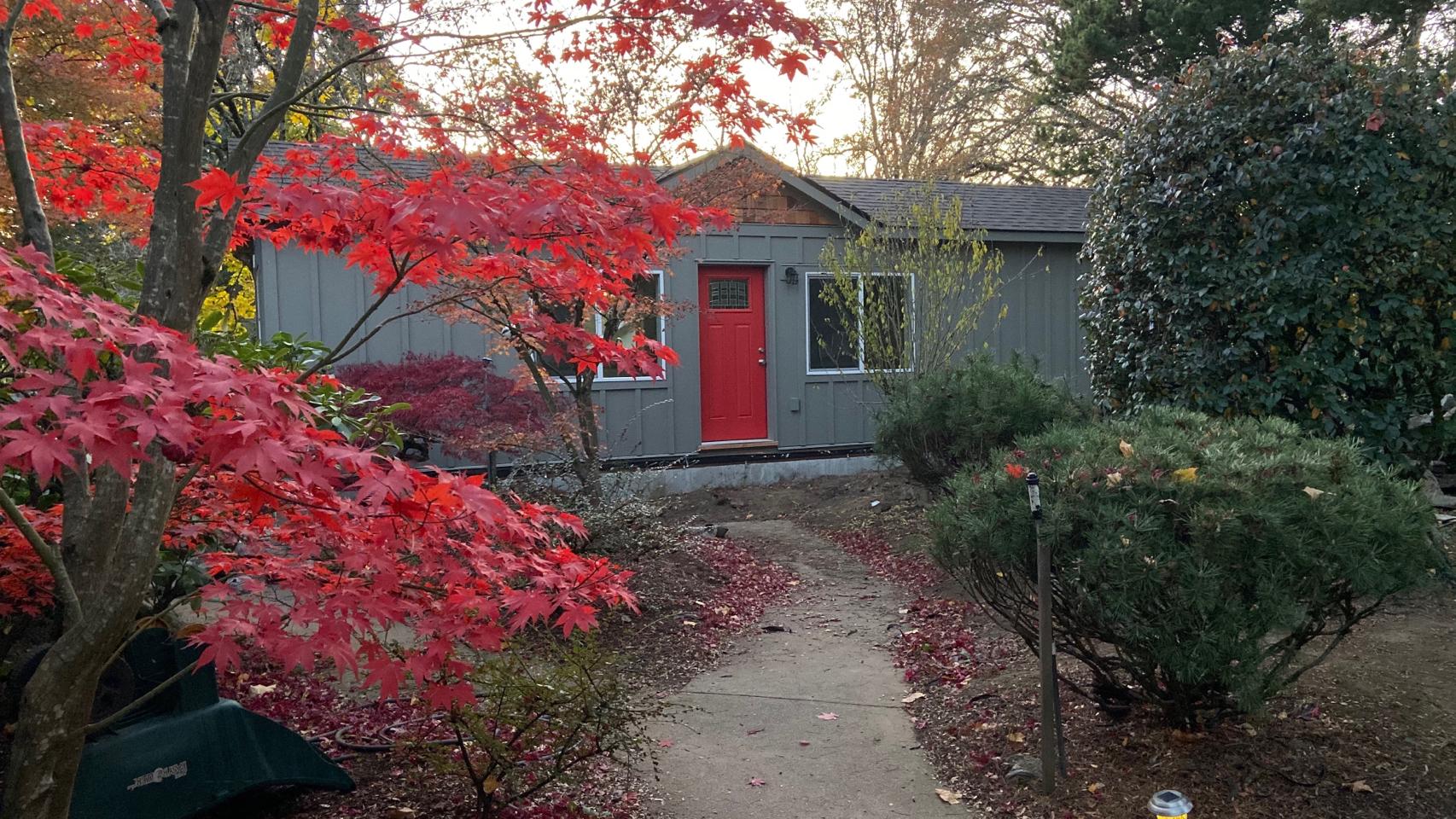
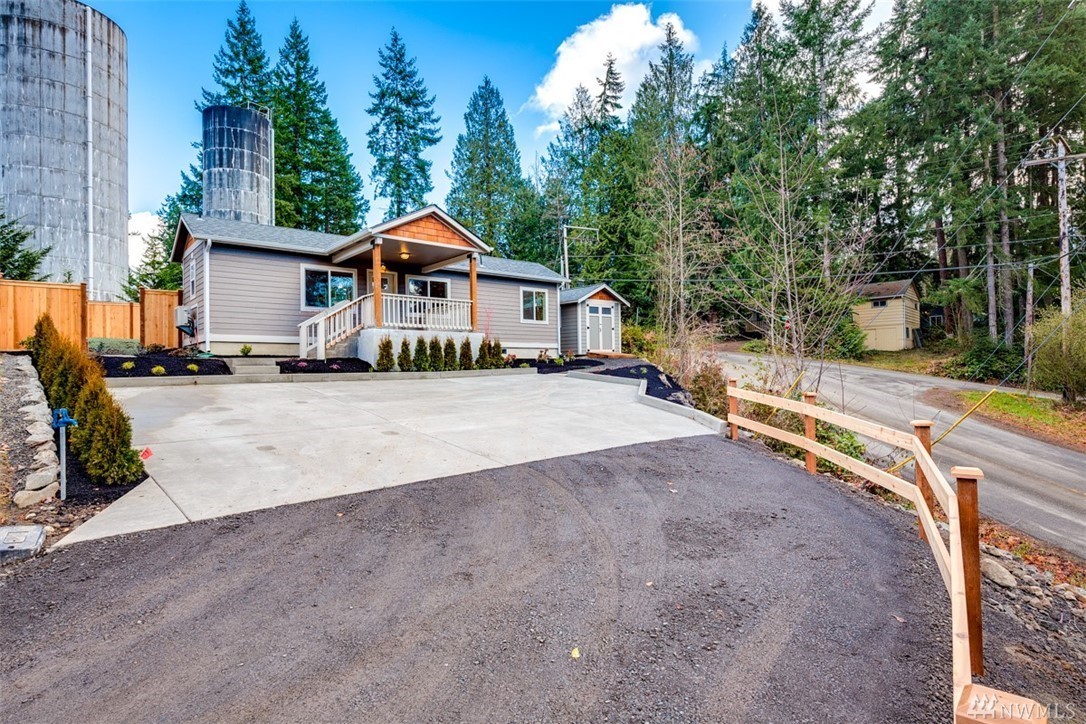

I am handicapped and on Social Security Social Security. I am looking for a one bedroom one bath along with a nice kitchen, den, bathroom, a view to look at of the kitchen window and a patio to go outside and have my coffee and use my scooter to travel the neighborhood in Metairie,La
I am handicapped and on Social Security Social Security. I am looking for a one bedroom one bath along with a nice kitchen, den, bathroom, a view to look at of the kitchen window and a patio to go outside and have my coffee and use my scooter to travel the neighborhood in Metairie,La
Since I moved into my tiny home life’s been so much more enjoyable,There’s more money in my pocket, and there was barely any construction work that I had to do. It’s so awesome there’s just too many things to mention
So My Advice to you is, if you’re a minimalist
And single by tiny home there’s no better way to live!